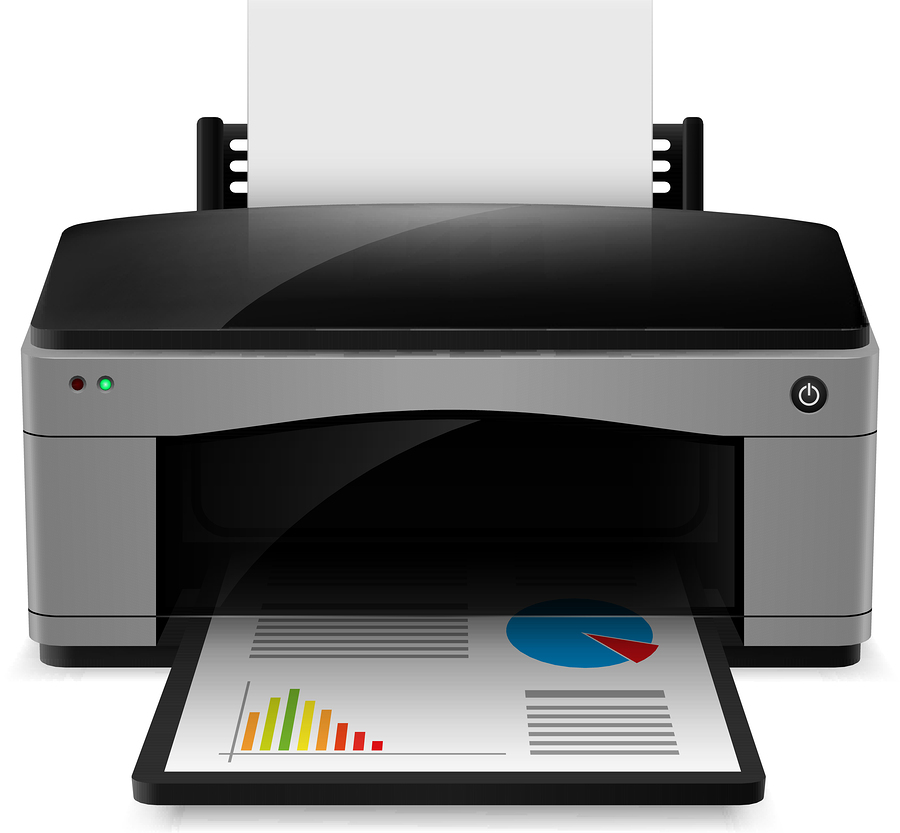There are numerous benefits to printing double sided pages. Getting the obvious out of the way, for one, it saves on paper. That in turn means printing double sided documents also saves ink, money, and resources.
Some new printers feature duplex printing – the automatic printing of a sheet of paper on both sides. Printing on both sides of the page is sometimes necessary when you are creating flyers, sending out invitations or creating brochures; or it can simply be a printing preference for those who wish to save money and benefit the environment by conserving resources.
A quick and easy guide to double sided printing
Even if your printer doesn’t support automatic duplexing, you can still take advantage of double sided printing by following some easy steps.
The first step is to check your printer options to see if your printer supports duplex printing. Look at your printer manual to see if it allows for automatic double-sided printing, or check your printer settings on your computer. Each printer will have a different settings tab and print dialog box, but there should be an option that reads “duplex-printing,” “print of both sides of the paper,” or “double-sided printing.” If the option is available, click on the box to begin automatic duplex printing.
If your printer doesn’t allow for automatic duplexing, you can still take advantage of manual double sided printing by following these simple steps for PC:
- Click on the “Print” button to open the printer dialog box in the software application.
- Select the option “Odd pages.”
- Click “Okay.”
- When the first pages are printed, place the stack of paper back into the printer tray while rotating the pages 180 degrees and ensuring it prints on the blank side.
- In the printer dialog box, select the option, “Even pages.”
- Click “Okay” to begin printing the other side.
If your printer does not have the option to print even and odd pages, you can manually set it up by going to the print range section in the printer dialog box. In the field marked, “Pages,” place in odd numbers (1, 3, 5, 7) and begin printing. When you are ready to print on the other side of the paper, remove the printed pages, turn them 180 degrees so they are face down and replace them into the paper tray. In the pages field, enter even numbers in the “Pages field” (2, 4, 6, 8).
For Mac users, the process will be slightly different:
- Click “Print” from the File menu
- From the Copies and Pages dropdown, click the arrow and select “Paper Handling.”
- In the “Pages To Print” dropdown, click the arrow and choose “Odd Only.”
- Remove the printed pages from the printer and turn them (face-down) 180 degrees, so that the top text is now at the bottom.
- If there is an odd number of total pages in your document, remove the last printed page from the top of the stack and keep it safe for now. If there is an even number of pages, continue to the next step.
- Empty the paper feeder and insert the stack of printed pages.
- Follow the previous steps to print only the even pages, but this time choose the even-numbered pages (2,4,6,8, etc.) and click the “Reverse pages” box to reverse the printing order.
- If you saved a page from step 5, add it to the bottom after printing. This is your final page.
It’s something either forgotten about or completely missed, however, a lot of printed items end up being thrown away. From printed emails to school assignments, there is a ton of paper waste that can be avoided. So why not double print these pages?
You know what else can be avoided? Overspending on ink and toner replacement for your printer. Get low-priced, high-quality ink & toner from the most trusted name in aftermarket cartridges, LD Products.
